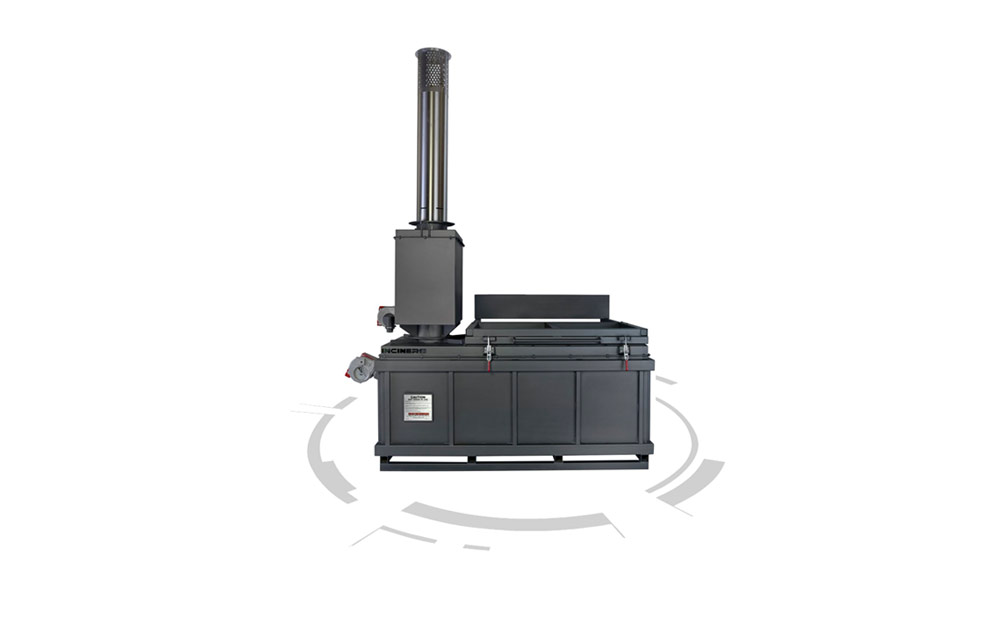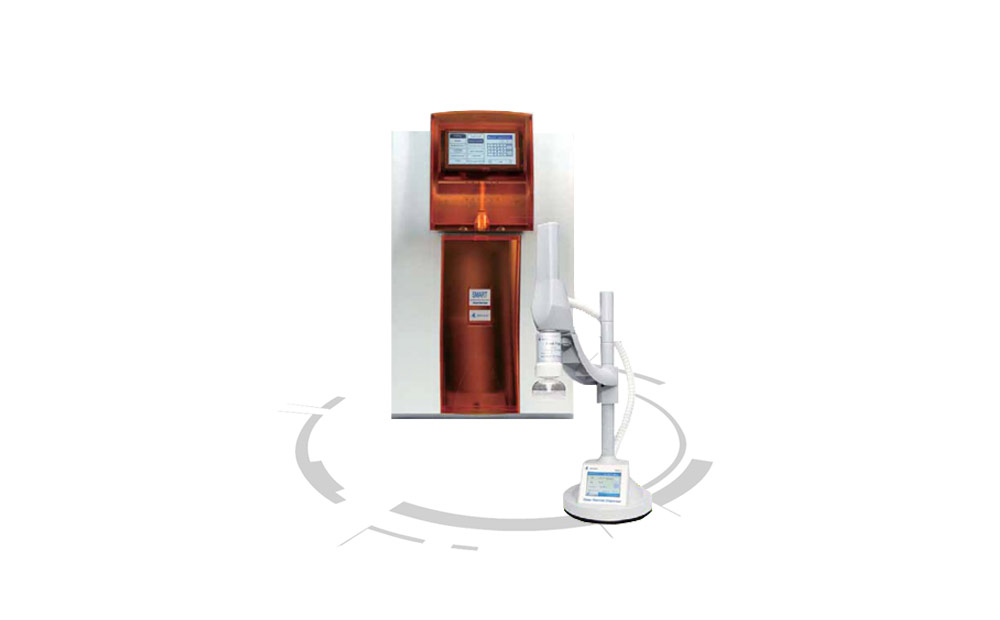Incinerator

INCINER8 are a globally respected manufacturing organisation offering a range of Incinerators for all applications in the waste management industry, our products are specifically designed with clean air incineration at the forefront of our product development for Medical, Animal by product and General Municipal waste streams.
Incineration is the process of combusting the organic elements within waste streams. Industrially this process is also known as ‘thermal treatment’. There are 2 main by-products to incineration. The first is inert bottom ash which is mostly formed by the in-organic elements of your waste stream, and the second is flue gas which providing the appropriate gas cleaning systems have been specified Is safe to let dispel into the atmosphere.
The parts of most incinerators are quite standard, the main factor when selecting these parts is their ability to last and operate well under the high stress environments witnessed in incineration.
Primary Chamber (Combustion Chamber) – this is where the waste is loaded and ignited. In most incinerators the ignition occurs due to the high ambient temperatures being retained within the chambers lining.
Secondary Chamber – sometimes also called the ‘afterburner’ chamber is required by law in Europe, USA, Australia and Canada prevents the formation of harmful particulates. In many countries the law stipulates that all flue gas must be resident in this secondary chamber for at last 2 seconds at 850 oC.
Flue Stack – also know as the chimney. Most incinerators require a stack height of at least 3m. This will be considerably higher in more built up areas or where atmospheric conditions dictate.
Control Panel & Thermocouples – these control the operation of the machine and ensure the chambers are up to temperature BEFORE any waste is loaded for incineration.
Features:
- Burners – Most modern incinerators are fitted with low NOx or modulated gas flow burners to increase.
- Fuel Tanks – Fuel tanks should be bunded to ensure safe storage of fuel.
- Preparation of waste stream – most waste streams will require some pre-preparation. In the long-term this can have a huge impact on the savings you can make.
- Sort – remove any high value recyclable items for resale.
- Shred – normalise the particle size and add air to mix
- Dry – we suggest max of 30% moisture to ensure best efficiency
- Determine batch size – establish the optimum batch size based on volume you can burn for lowest cost in lowest time.
- De-ash – once chamber has cooled you can easily de-ash the system ready for the next batch.
- Spot check – ensure chamber, burners and fuel lines are all in good condition
- Re-load – load chamber for next operation
With years of experience in providing various types of specialized incinerators, Fanavari Pishrafteh Jahan Company is ready to provide extensive services to researchers and manufacturers.
The range of FPJ services includes installing, repairing, troubleshooting, and periodic service of advanced instrumentation and analyzers and calibration services, validation and IQ, OQ, and PQ certification.
Experts from the technical department of FPJ, experienced in the years of repair and service of a variety of specialized analyzers, and based on the training received from specialized courses held by reputable European and Asian companies, are prepared to provide services to all new, malfunctioning and disabled systems.



